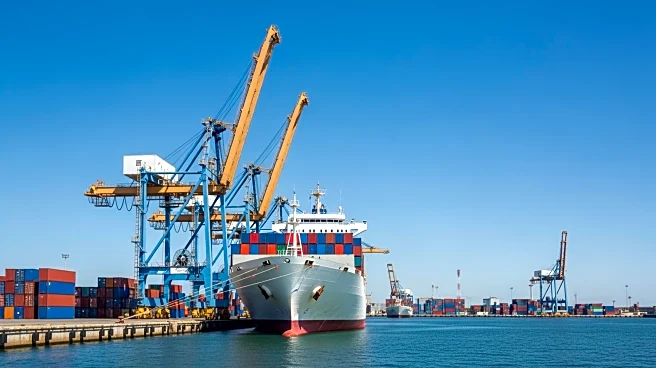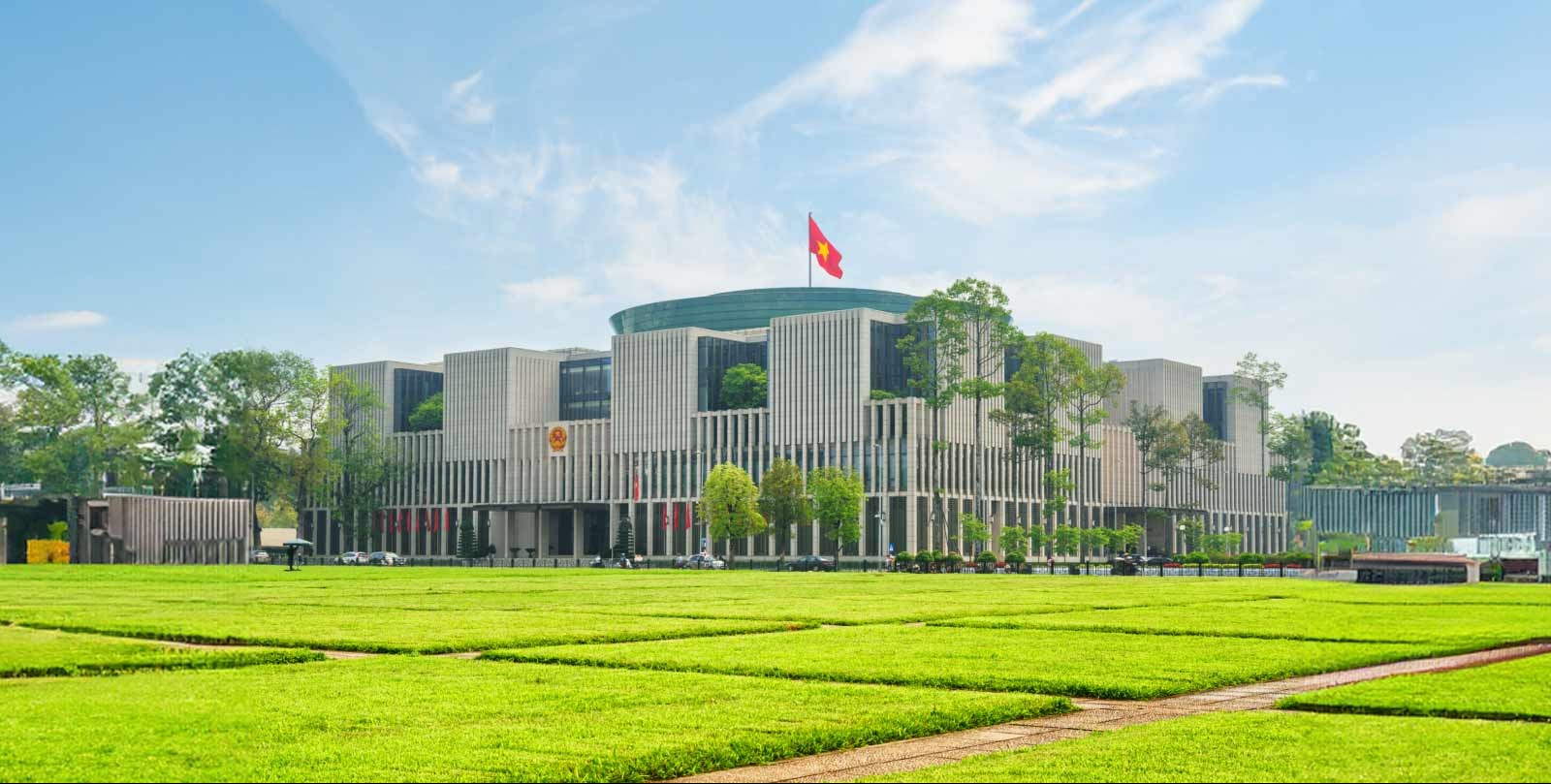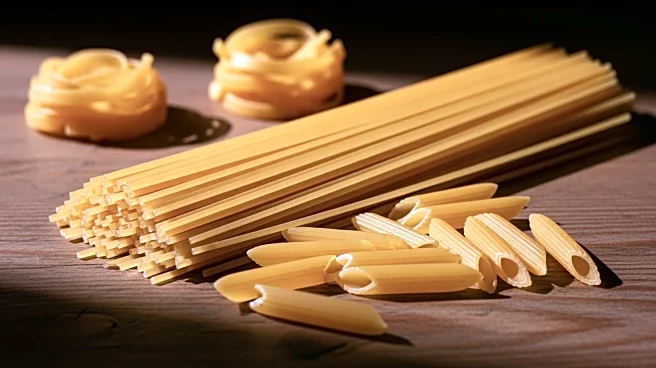What's Happening?
The U.S. wedding industry is facing increased costs due to tariffs imposed under President Trump's trade agenda. With tariffs as high as 50% for some countries, the average cost of a wedding has risen by 18% to $33,000 over the past five years. Vendors
are struggling to absorb these costs or adjust pricing while maintaining service quality. Wedding dresses, cakes, engagement rings, and floral arrangements are all affected by tariffs on imported materials. The Knot reports that one in five vendors have increased costs due to tariffs, and 33% of engaged couples are concerned about price hikes.
Why It's Important?
The rising costs in the wedding industry reflect broader economic impacts of tariffs on consumer goods. As tariffs affect various components of weddings, from dresses to cakes, vendors face challenges in pricing and sourcing materials. This situation highlights the interconnectedness of global supply chains and the direct impact of trade policies on consumer prices. The wedding industry, a significant economic sector, may experience shifts in consumer behavior as couples seek more affordable options or reduce spending. The broader implications of tariffs on consumer goods could influence public opinion on trade policies and economic strategies.
What's Next?
Vendors may continue to adjust pricing strategies and sourcing methods to mitigate the impact of tariffs. Couples planning weddings may need to budget for potential price increases and explore alternative options to manage costs. The industry may see a shift towards domestic production or lab-grown alternatives to reduce reliance on imported materials. As tariffs remain a contentious issue, ongoing discussions about trade policies and their economic impact could shape future legislative and regulatory actions.
Beyond the Headlines
The wedding industry's challenges underscore the broader economic implications of tariffs on consumer goods and services. The reliance on international supply chains highlights the complexity of global trade and the potential for disruptions due to policy changes. The industry's response to tariffs may offer insights into adaptive strategies for other sectors facing similar challenges.













